This two thousand year old statue is called Laocoön and His Sons.
And it's one of the most divisive works of art in history...
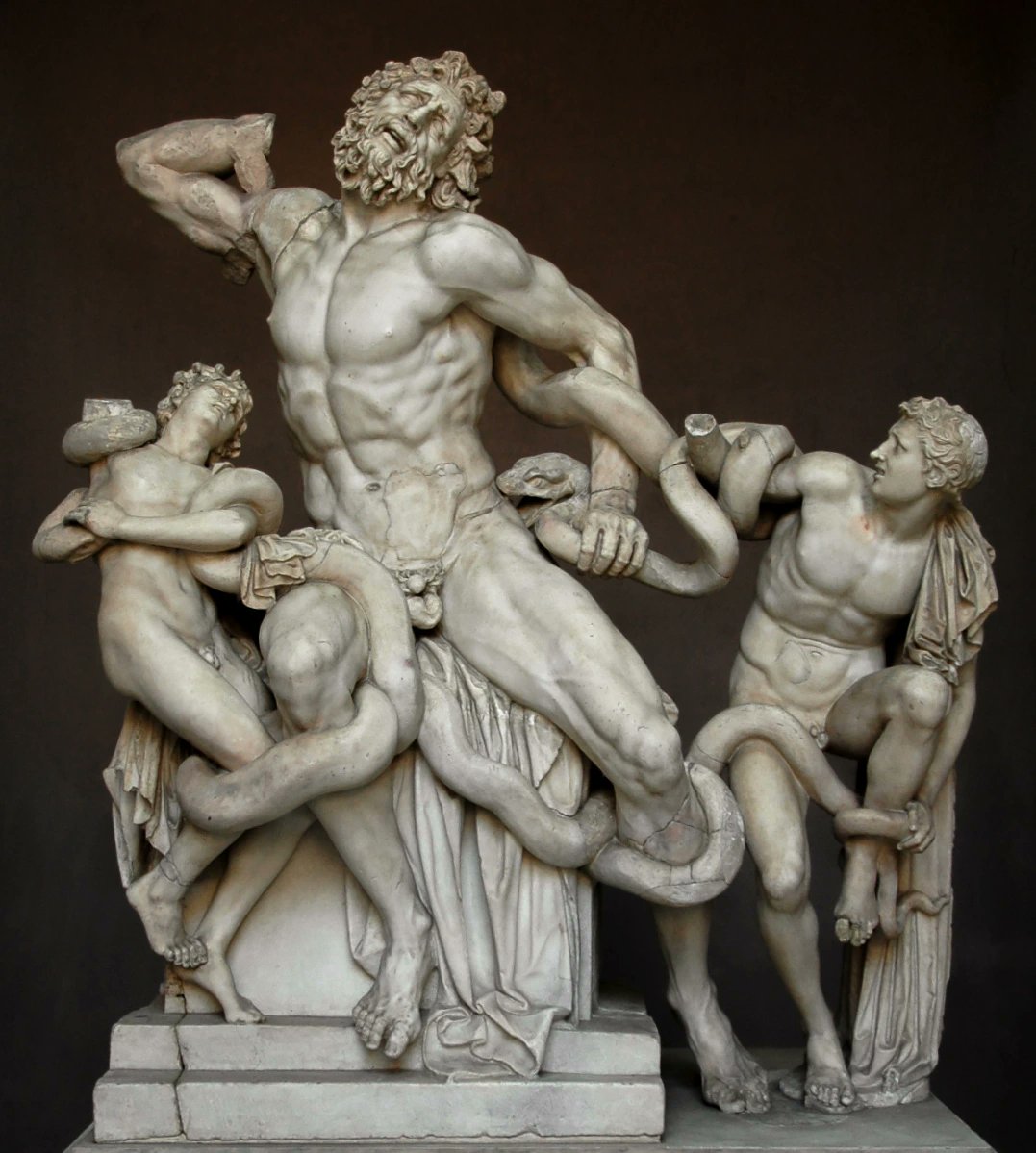
This two thousand year old statue is called Laocoön and His Sons.
And it's one of the most divisive works of art in history...

It depicts a scene from the life of Laocoön, a legendary priest who foresaw that the Trojan horse was a trap.
The gods sent giant serpents to devour him and his sons as punishment for warning his fellow citizens about the deception of the Greeks.

Nobody is quite sure when Laocoön and His Sons was made.
Some have speculated that it dates to the 2nd century BC, while others believe it could be as late as the middle of the 1st century AD.
On top of that, it isn't clear if Laocoön is original or a copy of an older statue.
What's certain, however, is that Laocoön and His Sons is definitively a work of Hellenistic Art.
This was the art of the Hellenistic Age, which started with the death of Alexander the Great in 323 B.C. after his conquests had spread Greek culture far and wide.
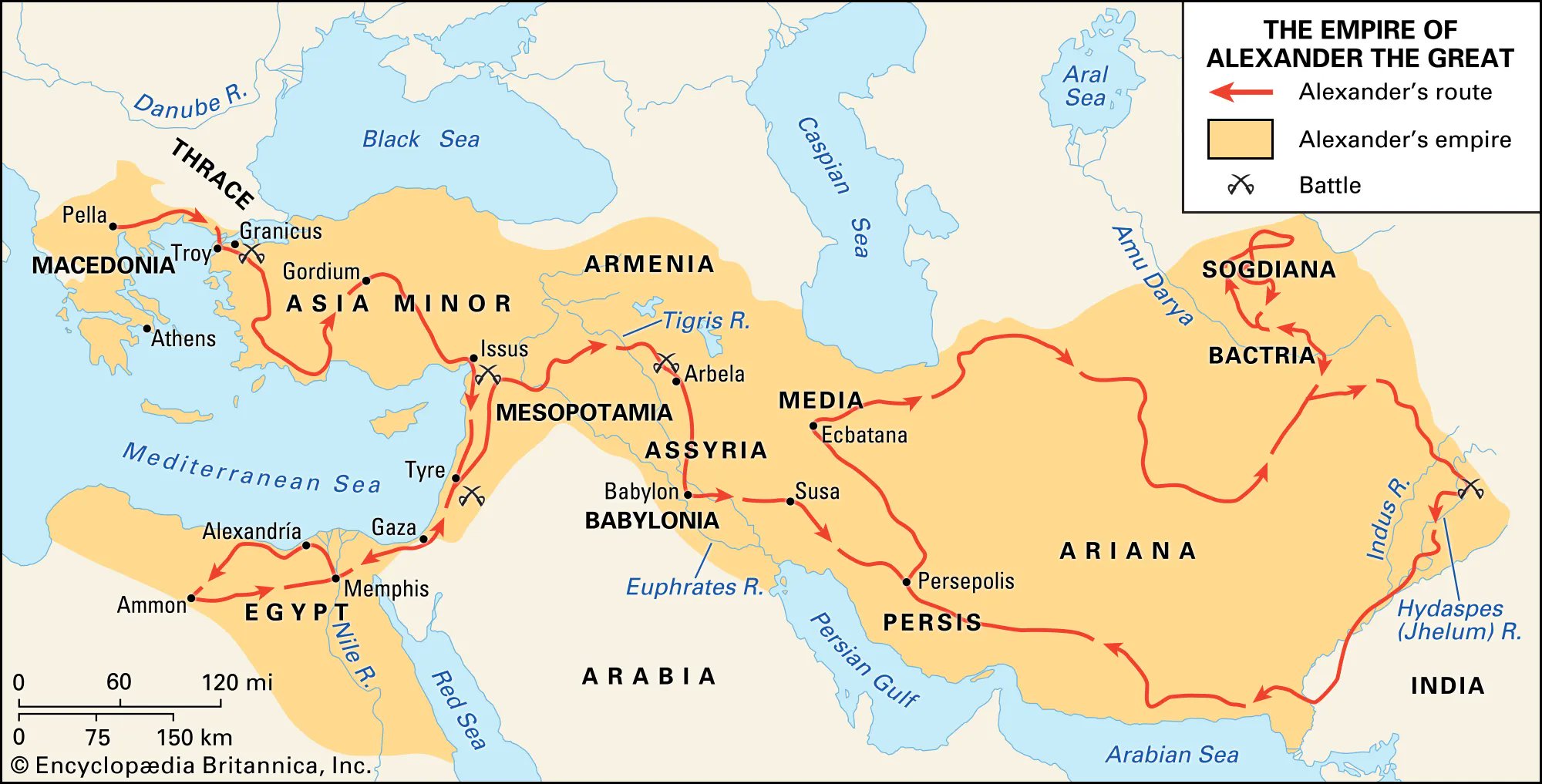
The art of the Hellenistic Age differed noticeably from what preceded it.
Classical Greek Art of the 5th and 4th centuries B.C. had been graceful and solemn, quiet and composed and almost distant with its portrayal of impersonal beauty and idealised human forms.

Hellenistic art, meanwhile, was filled with dynamism and vitality. Here the viewer's eye can hardly rest on any one element before it is swept away by the drama, action, and emotion of the rest.
And nothing quite channelled this Hellenistic style like twisted, tortured Laocoön.
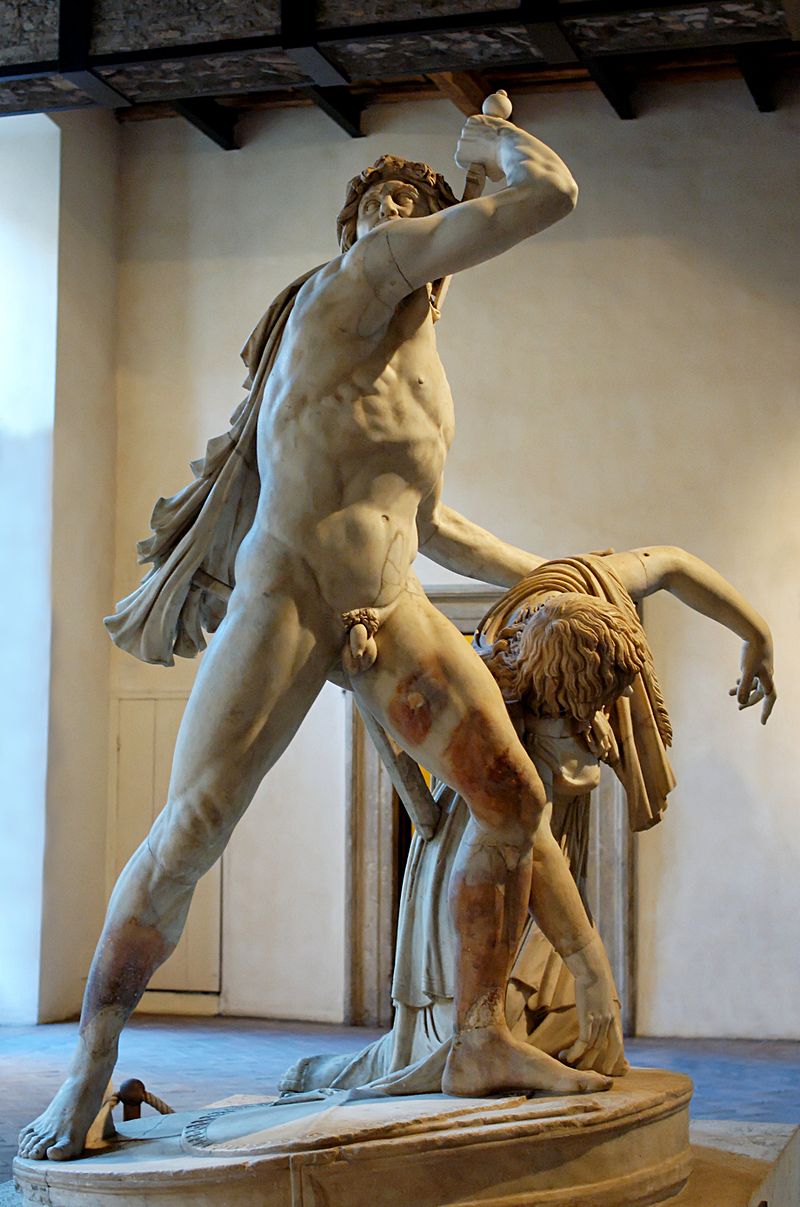
Laocoön, once displayed in the palace of the Emperor Titus, was lost for over one thousand years.
Until it was rediscovered in 1506, broken into several pieces in a vineyard. The Pope himself oversaw its excavation and transfer to the Vatican, where it has been ever since.
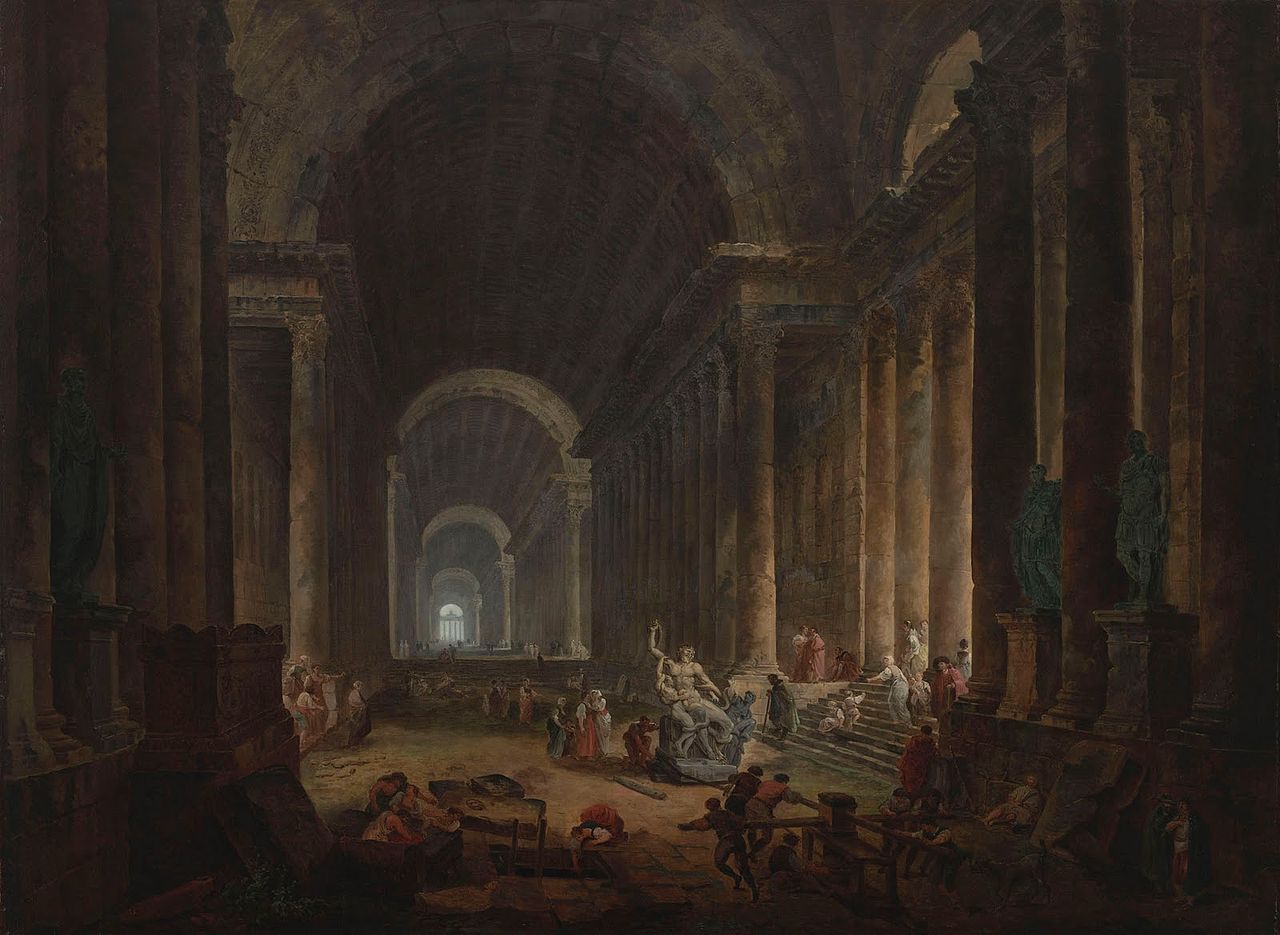
It caused an immediate commotion in the vibrant artistic community of Rome.
And how could it not? Laocoön is a writhing mass of marble, a moment of extraordinary terror and motion frozen forever into a single, eternal frame of anguish.
Like nothing they had ever seen before.



Renaissance art had much in common with that of Classical Greece. But what came next - first Mannerism and then the Baroque - followed a similar transition from Classical composure to Hellenistic drama.
Consider these two depictions of The Last Supper painted a century apart.
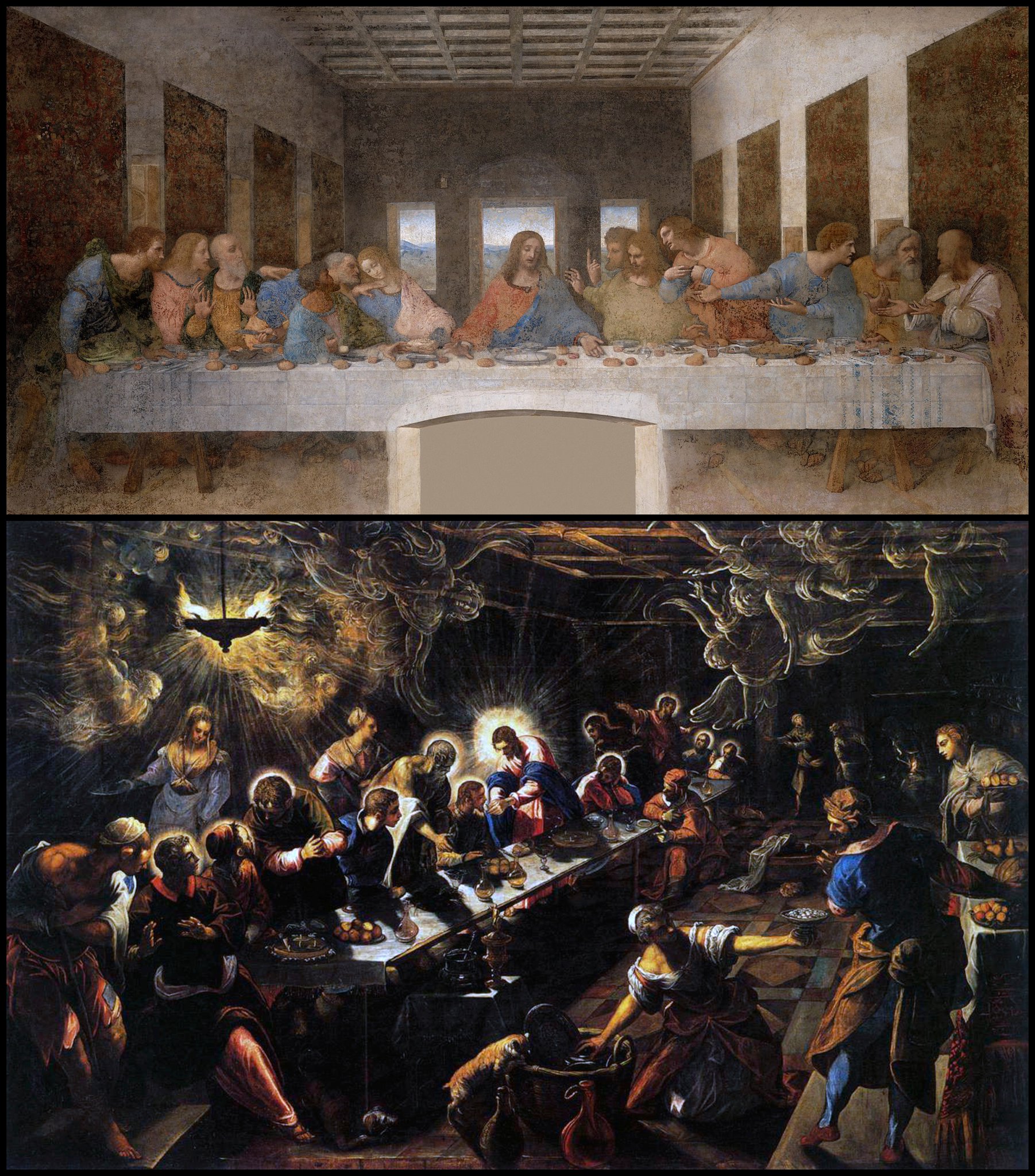
Or compare the most famous statue of the Renaissance - Michelangelo's David - with a statue made only a few decades later by Giambologna.
See the shift from quiet monumentality to action and dynamism. One pose is calm, the other turbulent.
A consequence of the Laocoön, perhaps.

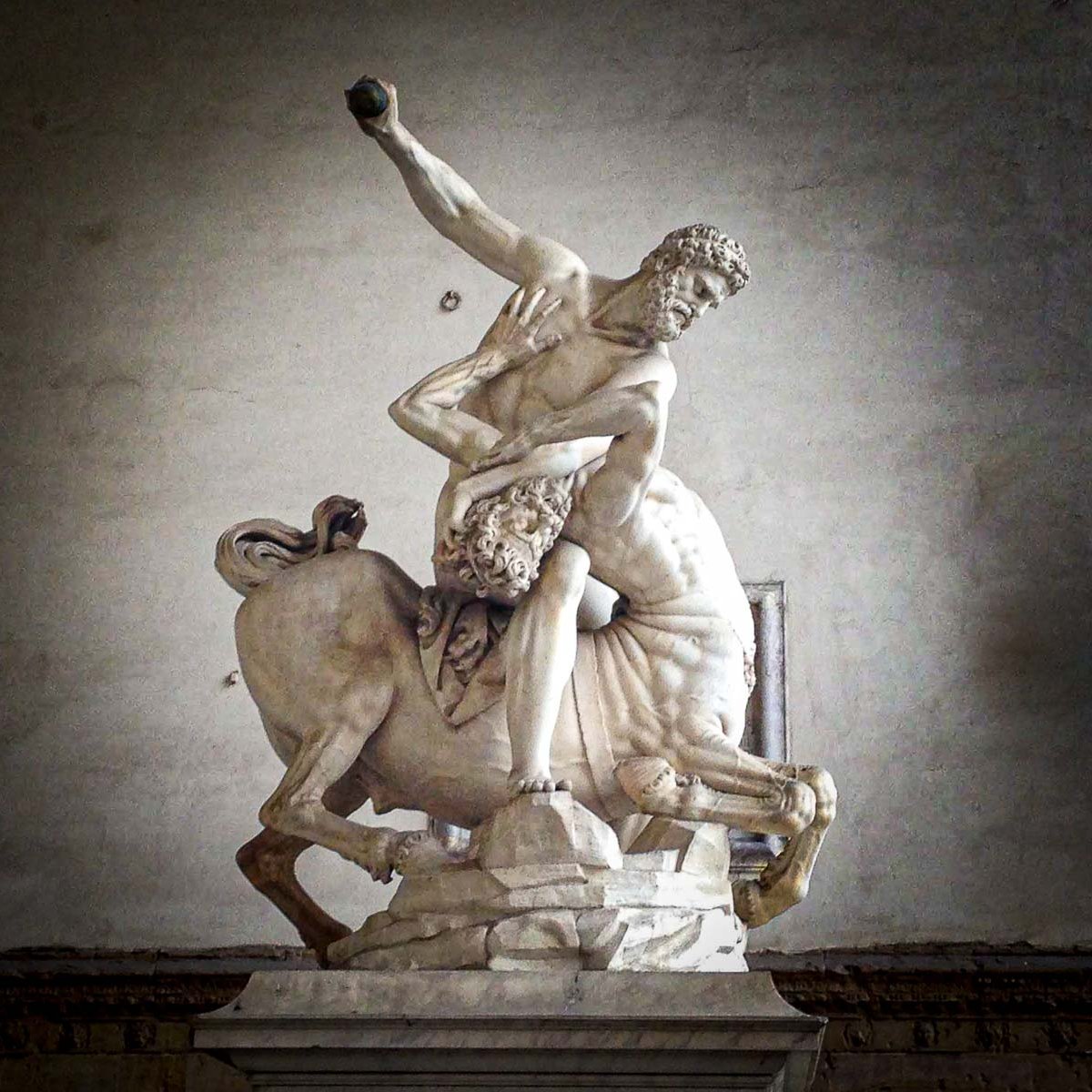
The painter El Greco paid tribute to Laocoön with his own version of the scene in the early 1600s.
Here we can see the vast influence of the statue - how its focus on emotional and psychological evocation (rather than idealisation) inspired artists to follow a similar path.
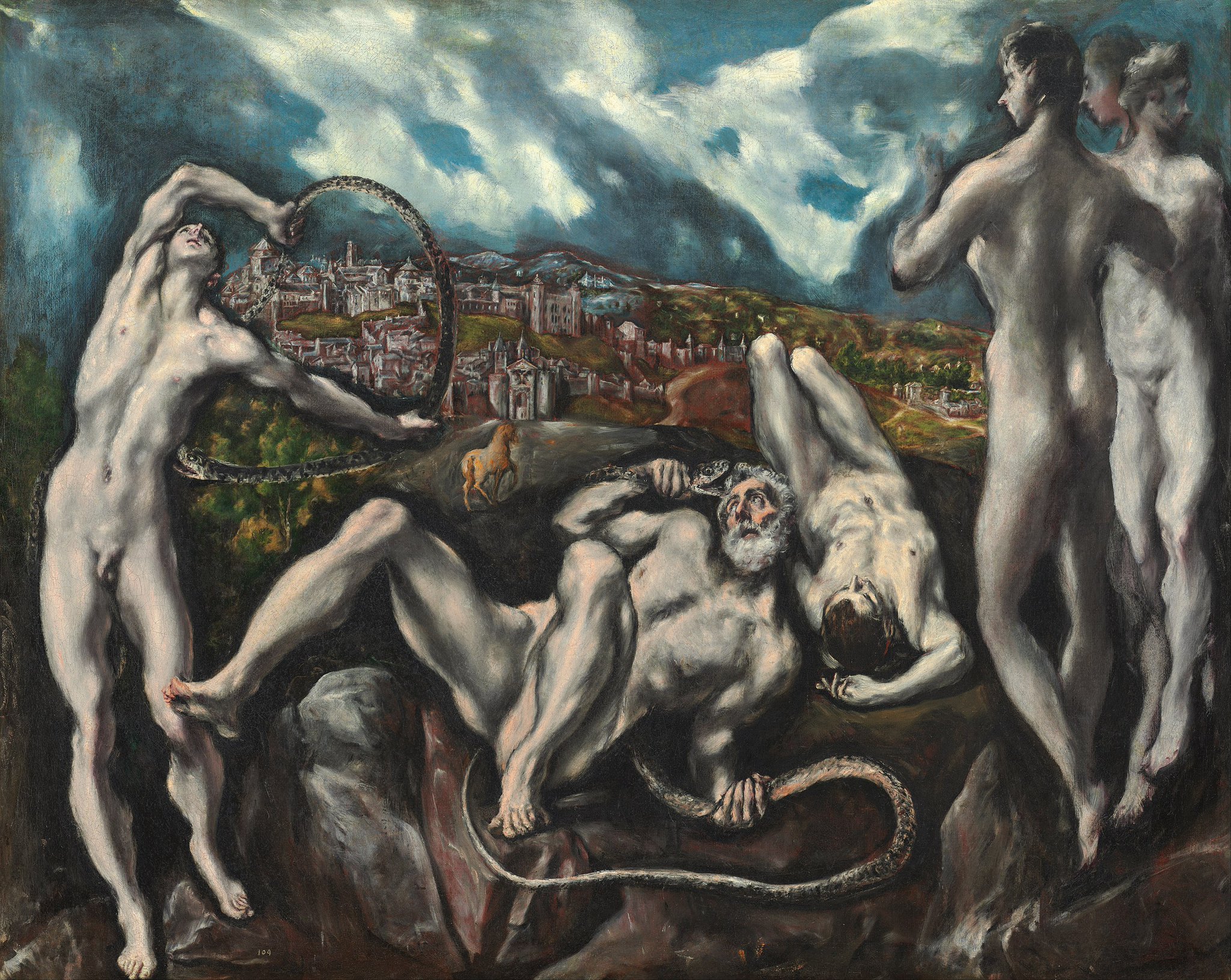
And three centuries after El Greco came Picasso. It may seem like a leap, but in terms of style and outlook Les Demoiselles d'Avignon isn't so far away from Laocoön as we might believe.
Picasso may well be the logical conclusion to an artistic chain reaction started by Laocoön.
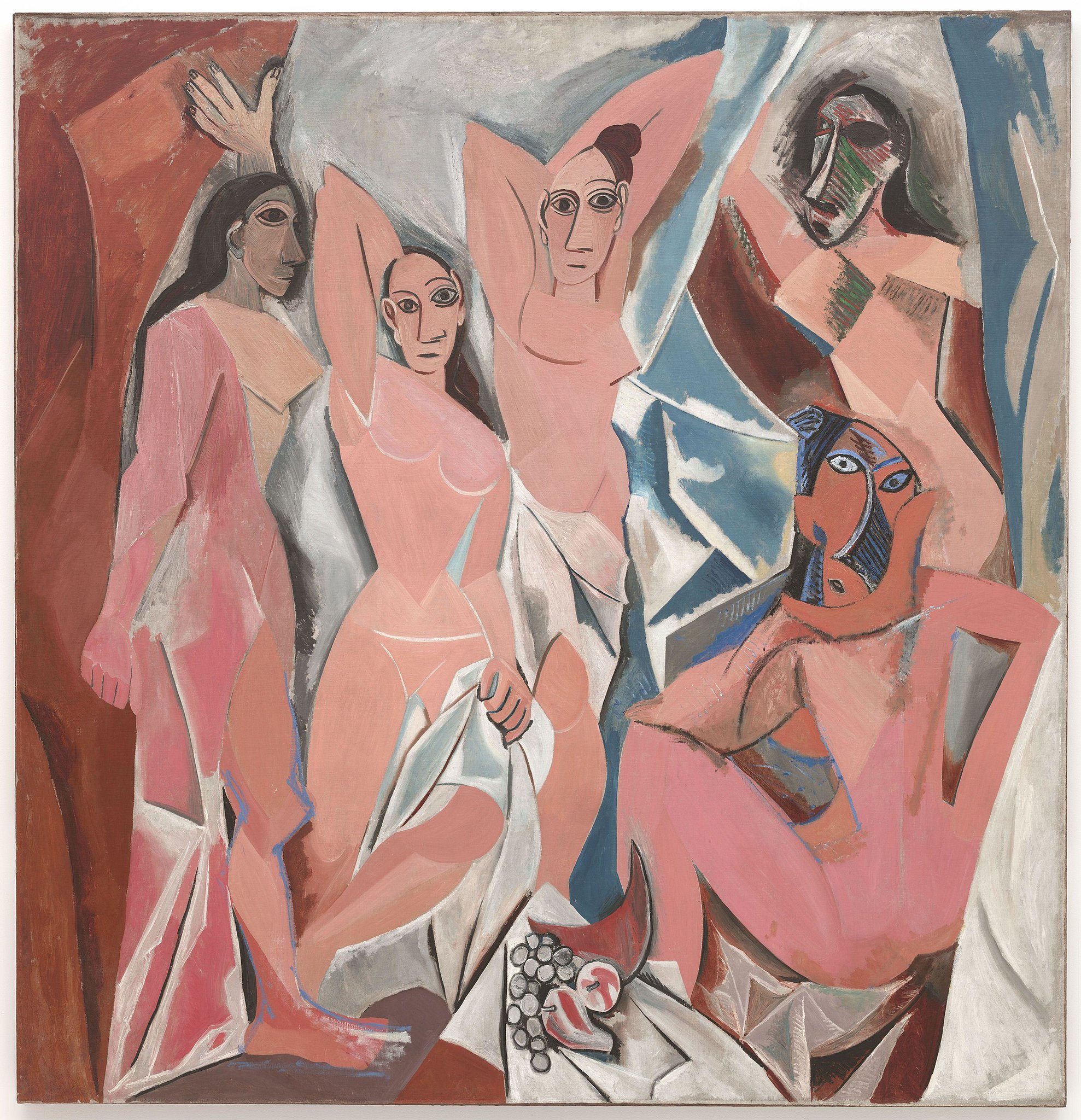
Such is the influence Laocoön and His Sons has had on art.
But it has long been one of the most controversial sculptures ever created - critics and artists alike are totally split on its aesthetic value and have argued about this for centuries.
The Roman polymath Pliny the Elder said Laocoön was "preferable to any other production of the art of painting or of statuary."
And the influential German classicist Johann Winckelmann much agreed with him, believing it to be the supreme work of art, "as inimitable as Homer."
But for every person who thought Laocoön was an unparalleled artistic achievement there was another who found it problematic.
Such concerns have chiefly revolved around its exaggerated, overly technical style or its depiction of hopelessness - can suffering ever be beautiful?


The 19th century scholar John Ruskin thoroughly disapproved of the Laocoön's realism.
He spoke of its "meagre lines and contemptible tortures", and said that nothing had ever had such a "pernicious" influence on art.
Ruskin's criticism is rather compelling:

Alternatively, the great German writer Goethe believed the Laocoön transcended suffering by portraying it so sensuously.
For him it was an ideal of tragedy no less than other Greek statues were of beauty; a universal depiction of parental fear for their endangered children.
And it has been pointed out that the youngest son - on the right - seems as though he might have some chance of escaping.
Perhaps this isn't a scene of suffering without redemption, after all.

Charles Darwin noticed in 1872 that the Laocoön had some unrealistic details. Specifically, he pointed out that Laocoön's facial expression was anatomically impossible.
Something Darwin attributed to intention rather than mistake.

And, as Ephraim Lessing noted in his seminal 1766 essay on the statue, Laocoön is not screaming despite his evident pain.
And therein, he argued, lies the transformative genius of the Laocoön. For him that detail meant it was not a naturalistic work of art.

And then there's the artist-mystic William Blake, who derided Laocoön and His Sons in the most singular way of all - see below.
Blake thought, like Ruskin, that the Laocoön was too naturalistic; he believed realism in art restricted the human imagination and spirit.

This debate has been raging for centuries and it may never stop. But the legacy of Laocoön and His Sons, for good or bad, is clearly one of great significance.
So the question remains: is it a beautiful work of art, or not?
